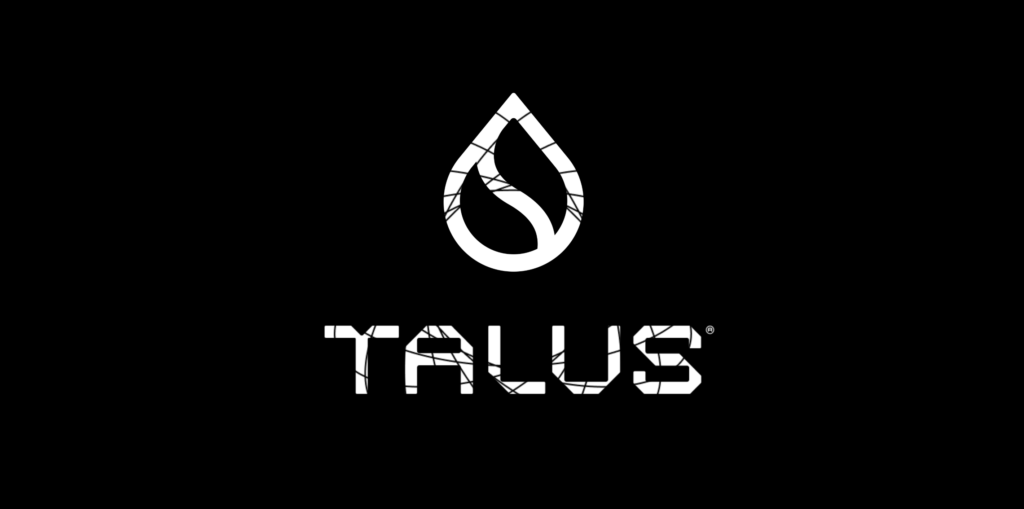
An Alternative Path: Talus as a Layer 2 on Sui
In the world of advancements and creativity unfolds a captivating scenario where two new players are stepping onto the stage with their distinctive tunes that hold the promise of blending beautifully together in harmony. Talus Network and Sui, from Mysten Labs, are the key performers here. Talus Network envisions itself as the foundation for AI-driven agents to flourish within its realm of operations, while Sui stands out as a high-capacity blockchain solution designed by Mysten Labs. The goal of Talus is to provide a nurturing platform for AI agents to excel by offering a space where these independent entities can engage in activities ranging from financial analysis to executing smart contracts. Sui, on the other hand, offers a vision of a future where transactions are swiftly executed due to its high-performance processing and asset-focused framework.
A thought-provoking idea emerges: what if Talus began as a Layer 2 (L2) within Sui’s ecosystem before evolving into its own independent Layer 1 blockchain? It’s an intriguing possibility, much like an artist launching their career on an established stage before headlining their own shows. By integrating with Sui’s robust network, Talus could leverage its scalability and rapid transaction speeds. Imagine AI-driven agents operating in real time, making decisions without the delays that plague less efficient systems—this could be one of the biggest advantages of utilizing Sui’s infrastructure. Additionally, this approach would allow Talus to tap into an existing developer community and user base before fully standing on its own.
However, this remains a hypothetical scenario. In reality, Talus and Sui are evolving as separate Layer 1 blockchains, each with its own goals and infrastructure. The AI race is well underway, with competitors already integrating AI into their blockchains. Talus stepping into this arena now might seem late to some, but its focus on AI-native blockchain solutions could be its greatest strength. Still, the challenge of balancing independence while leveraging another platform’s strengths is no small feat. Transitioning from an L2 to an L1 would be akin to switching orchestras mid-performance—a complex maneuver requiring precision to ensure no note is out of place.
How Talus and Sui Work Together as Two Layer 1 Blockchains
Now, let’s step into reality: instead of Talus remaining within Sui’s ecosystem as an L2, both projects continue independently as Layer 1 (L1) blockchains. While at first glance this might suggest competition, in reality, their unique strengths create an opportunity for synergy rather than rivalry.
Talus, with its focus on AI-driven autonomous agents, complements Sui’s high-performance transaction processing by serving as the intelligence layer that interacts seamlessly with Sui’s asset-centric design. Picture a world where Talus’ AI agents analyze vast datasets, generate insights, and execute smart contracts, while Sui’s scalable architecture ensures those transactions are executed rapidly and efficiently.
The connection between the two could be reinforced through cross-chain communication protocols and interoperability solutions. Through bridging mechanisms and shared standards, AI-driven dApps could operate across both ecosystems, leveraging Sui’s execution speed while utilizing Talus’ specialized AI automation.
Imagine a decentralized finance (DeFi) application where Talus’ AI continuously monitors market trends, predicts asset movements, and autonomously rebalances portfolios, while Sui handles the execution of transactions with minimal latency. Or consider blockchain gaming, where Talus’ AI governs NPCs and in-game economies, while Sui ensures seamless asset transfers between players.
Moreover, developers would benefit from dual-chain compatibility, being able to build dApps that integrate both platforms without being locked into a single ecosystem. Since both Talus and Sui use the Move programming language, this makes it significantly easier for developers to write cross-compatible smart contracts and deploy AI-powered applications without friction.
Even if Talus and Sui both operate as standalone L1s, their collaboration could provide a decentralized AI-powered infrastructure that expands beyond what either could achieve alone. Rather than two separate orchestras competing for attention, they could harmonize—each playing a unique role in a greater symphony of innovation.

Conclusion
The dynamic interplay between Talus Network and Sui presents a compelling narrative of innovation and collaboration in the blockchain and AI space. While the hypothetical scenario of Talus operating as a Layer 2 within Sui’s ecosystem offers intriguing advantages, such as leveraging Sui’s scalability and transaction speed, the reality of both platforms evolving as independent Layer 1 blockchains opens the door to a different kind of synergy. Talus, with its AI-driven autonomous agents, and Sui, with its high-performance transaction processing, complement each other in a way that could redefine decentralized applications.

Leave a Reply